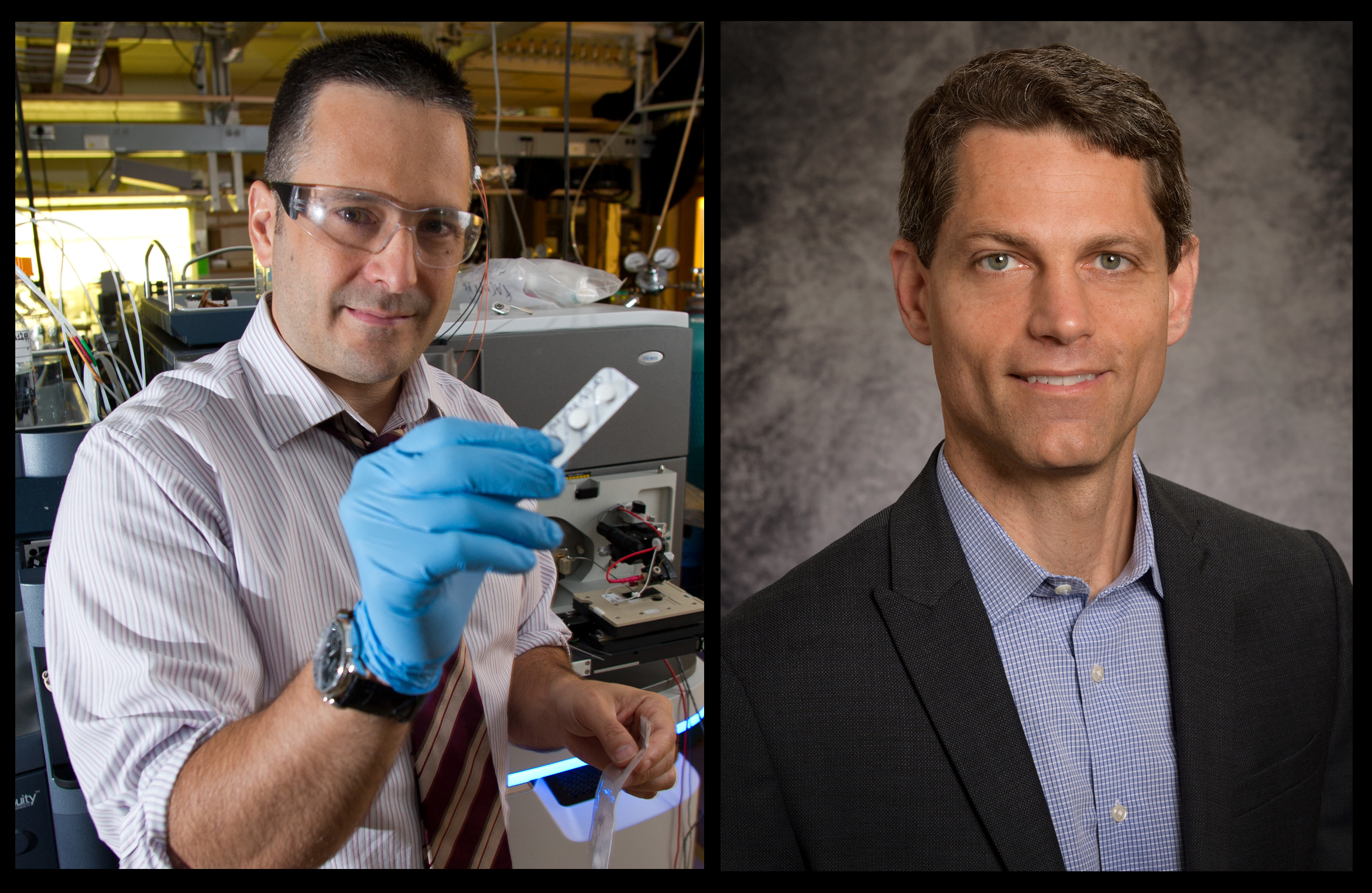
May 02, 2024
In a group of papers released May 1 in the journal Nature, scientists are one step closer to a whole-body map of the body’s cellular responses to endurance exercise — identifying striking “all tissue effects” of training, even in tissues from organs not normally associated with movement.
The findings are the latest product of the Molecular Transducers of Physical Activity Consortium (MoTrPAC), a ten-year effort launched in 2016 by the National Institutes of Health (NIH) to uncover how exercise improves and maintains our health at the molecular level.
Georgia Institute of Technology bioanalytical chemist Facundo Fernández and Emory University biochemist Eric Ortlund lead one of the Consortium’s Chemical Analysis Sites, joining researchers across the country to collect and translate data from animals and more than 2,000 volunteers into comprehensive maps of the cellular changes throughout the body in response to exercise.
The $226 million MoTrPAC NIH Common Fund investment also hopes to help people with chronic illnesses identify specific physical activities to improve individual health, and to potentially unearth therapeutic targets — medicines that might mimic the positive effects of exercise.
MoTrPAC’s latest group of papers details data from studies in rats, uncovering how endurance exercise affects biological molecules and “all tissues of the body,” as well as tissues and gene expression, along with striking tissue differences between male and female organisms.
Read more:
- Nature | Why is exercise good for you? Scientists are finding answers in our cells
- NIH | Endurance exercise affects all tissues of the body, even those not normally associated with movement
- DOI | “Temporal dynamics of the multi-omic response to endurance exercise training”
Facundo M. Fernandez, is Regents’ Professor and Vasser Woolley Foundation Chair in Bioanalytical Chemistry at Georgia Tech. He also serves as associate editor of the Journal of the American Society for Mass Spectrometry (JASMS).
Eric Ortlund is a professor in the Department of Biochemistry at Emory University and a member of the Discovery and Developmental Therapeutics Research Program at Winship Cancer Institute.
Study co-authors from Georgia Tech also include David A. Gaul (School of Chemistry and Biochemistry, along with Samuel G. Moore (Petit Institute of Bioengineering and Biosciences). Emory University co-authors also include Tiantian Zhang and Zhenxin Hou (Department of Biochemistry).
Funding: The MoTrPAC Study is supported by multiple NIH grants and institutes, as well as the National Science Foundation (NSF), the Knut and Alice Wallenberg Foundation, and NORC at the University of Chicago.
NIH grants include: U24OD026629 (Bioinformatics Center), U24DK112349, U24DK112342, U24DK112340, U24DK112341, U24DK112326, U24DK112331, U24DK112348 (Chemical Analysis Sites), U01AR071133, U01AR071130, U01AR071124, U01AR071128, U01AR071150, U01AR071160, U01AR071158 (Clinical Centers), U24AR071113 (Consortium Coordinating Center), U01AG055133, U01AG055137 and U01AG055135 (PASS/Animal Sites); as well as NHGRI Institutional Training Grant in Genome Science 5T32HG000044; National Heart, Lung, and Blood Institute of the National Institute of Health F32 postdoctoral fellowship award F32HL154711; National Institute on Aging P30AG044271 and P30AG003319.
